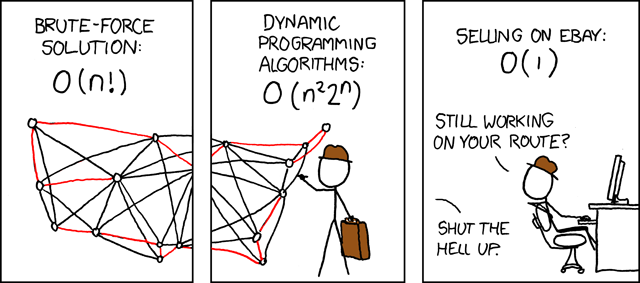leave a comment »
Miller Rabin Primality Test is a probabilistic test to check whether a number is a prime or not. It relies on an equality or set of equalities that hold true for prime values, then checks whether or not they hold for a number that we want to test for primality.
Theory
1> Fermat’s little theorem states that if p is a prime and 1 ≤ a < p then
2> If p is a prime and or then or
3> If n is an odd prime then n-1 is an even number and can be written as . By Fermat’s Little Theorem either or for some 1 ≤ r ≤ s-1.
4> The Miller–Rabin primality test is based on the contrapositive of the above claim. That is, if we can find an a such that and for all 1 ≤ r ≤ s-1 then a is witness of compositeness of n and we can say n is not a prime. Otherwise, n may be a prime.
5> We test our number N for some random a and either declare that N is definitely a composite or probably a prime. The probably that a composite number is returned as prime after k itereations is
![]()




No comments :
Post a Comment